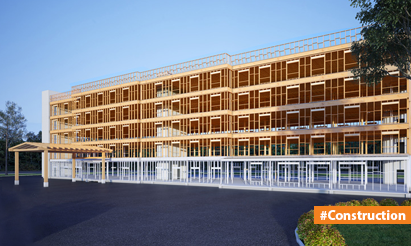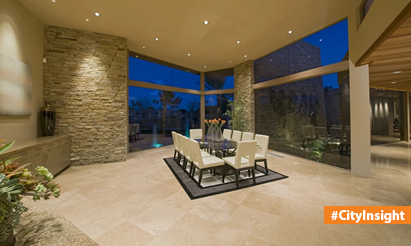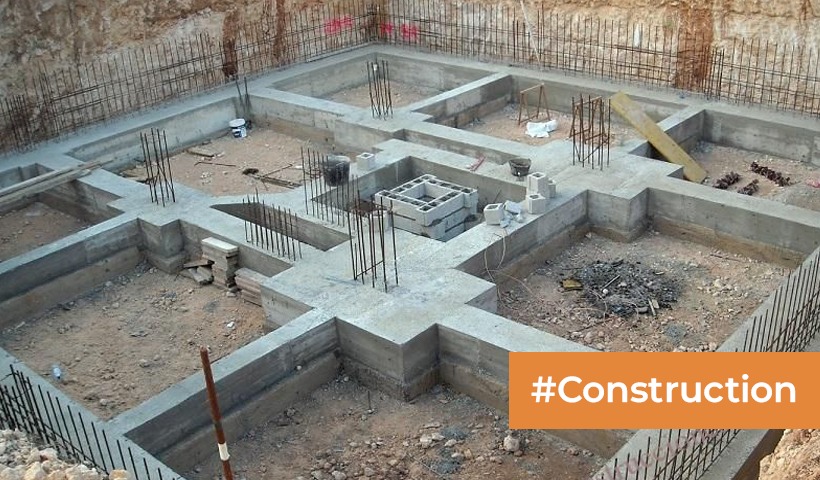Crafting Stability: The Ultimate Guide to Retaining Wall Construction!
Retaining walls serve both functional and aesthetic purposes in landscaping. They help hold back soil and prevent erosion while enhancing the visual appeal of your outdoor space. Whether you’re looking to level a sloping yard or create terraced gardens, building a retaining wall can be a rewarding DIY project. In this comprehensive guide, we’ll walk you through the steps to build a retaining wall that’s both sturdy and attractive.
Materials and Tools You’ll Need:
Before you begin, gather the necessary materials and tools:
Materials:
- Retaining wall blocks: Choose between concrete blocks, natural stone, or timber, depending on your desired look and budget.
- Gravel or crushed stone: For a base layer.
- Landscape fabric: To prevent weed growth.
- Drainage pipe: Perforated pipe for diverting water, if needed.
- Backfill material: Typically gravel or crushed stone.
- Landscape adhesive: To secure blocks together.
- Topsoil: For planting or finishing.
- Wood stakes and string: For layout and leveling.
- Masonry sand: For leveling the blocks.
Tools:
- Shovel and rake: For excavation and leveling.
- Wheelbarrow: For transporting materials.
- Tape measure: For accurate measurements.
- Level: To ensure the wall is straight and level.
- Rubber mallet: For tapping blocks into place.
- Chop saw or circular saw: For cutting blocks, if necessary.
- Geotextile or landscape fabric staples: To secure fabric in place.
- Safety gear: Including gloves, safety glasses, and hearing protection.
Step-by-Step Guide to Building a Retaining Wall:
Step 1: Plan and Design
- Evaluate Your Needs: Determine the purpose of the wall, whether it’s to create terraces, level a sloping yard, or simply for aesthetic reasons.
- Measure and Layout: Measure the length and height of the wall and plan the layout. Use wood stakes and string to mark the wall’s position.
Step 2: Prepare the Site
- Excavate the Area: Dig a trench that’s at least as wide as the base of the wall blocks and deep enough to accommodate the first row of blocks plus a base layer of gravel or crushed stone. The depth will vary depending on the wall’s height and purpose.
- Add Base Material: Fill the trench with a base layer of gravel or crushed stone and compact it using a hand tamper.
Step 3: Install Drainage (if needed)
- Lay Drainage Pipe: In cases where water buildup is a concern, lay a perforated drainage pipe behind the first row of blocks. Cover the pipe with additional gravel.
Step 4: Place Landscape Fabric
- Install Fabric: Lay landscape fabric along the trench and up the backside of the excavation, securing it with fabric staples. This will help prevent weeds from growing through the wall.
Step 5: Lay the First Row of Blocks
- Begin with the First Row: Start at one end of the wall and lay the first row of blocks directly on the base material. Ensure they are level and evenly spaced.
Step 6: Build Up the Wall
- Stack Blocks: Continue stacking additional rows of blocks, staggering the seams as you go. Use a level to check for plumb (vertical) and level (horizontal) alignment regularly.
- Use Landscape Adhesive: Apply landscape adhesive between the blocks in each row to secure them together.
Step 7: Backfill
- Fill Behind the Wall: As you build up the wall, fill the space behind it with backfill material (gravel or crushed stone). Compact the backfill as you go to prevent settling.
Step 8: Finish and Plant
- Top Off with Topsoil: Finish the top of the wall with topsoil, creating a level surface for planting or other uses.
- Plant and Landscape: Plant shrubs, flowers, or ground cover around the retaining wall to enhance its appearance.
Building a retaining wall requires careful planning, patience, and attention to detail. By following these steps and using the right materials and tools, you can create a functional and beautiful retaining wall that enhances the beauty and functionality of your outdoor space.
Disclaimer: The views expressed above are for informational purposes only based on industry reports and related news stories. PropertyPistol does not guarantee the accuracy, completeness, or reliability of the information and shall not be held responsible for any action taken based on the published information.





During our routine conversation on the front porch, my neighbors revealed that they planned to erect a retaining wall the next year. Their garden appears to be sliding dramatically and slowly down the slope, and they don’t want to live an avalanche existence. They would concur that as retaining walls aid in retaining soil and reduce erosion while boosting the aesthetic appeal of your outdoor space, they are useful for both practical and decorative landscaping objectives. https://alltypelandscape.com/landscape-services/retaining-walls/